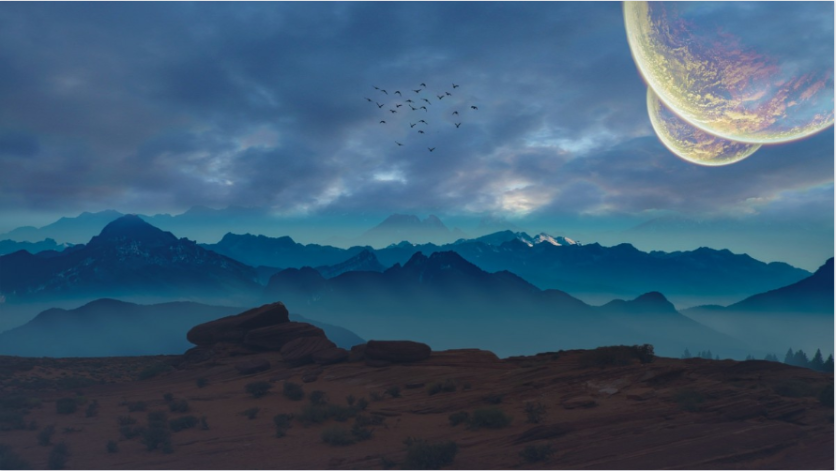
Living on another planet has always been more science fiction than real life, until now. Scientists have developed a way to find habitable planets in our life that can support human beings. It's only a matter of time for all of this to come full circle, and it is very exciting.
Read Also : 46,000-year-old Frozen Horned Lark Bird Provides Clues to How Worse the Climate Change Has Become
How do scientists find planets that are safe for humans
For the last decade, finding and discovering distant exoplanets has become a focus of astronomy, with projects like NASA's planet-hunting satellite TESS. Her main function is to locate new planets and potentially habitable ones. Also with the same goal of TESS is its counterpart in the European Space Agency, like the CHEOPS satellite, to find even more of these planets.
What method can scientists do to prove a planet is ready
Once scientists have located and exoplanet, how to learn about it and study something so far away? It is close to impossible to test that out by distant planets since they are so dim, depending on the light given from their stars.
A team of astronomers from Netherlands Insititute for Radio Astronomy has devised a way to examine interactions of planets and their parent stars to discern what is potentially their environments the planets have.
Read Also : Video of Infamous Daredevil 'Mad' Mike Hughes' Homemade Rocket Crash Breaks The Internet
This method uses a highly sensitive radio telescope, which is promptly named Low-Frequency Array or the LOFAR, to see radio emissions given off when a planet's atmosphere is reacting to the magnetic field of the red dwarf star that it is currently orbiting. As Dr. Harish Vedantham, lead author of the study and staff scientist in a Netherlands Insititute fo Radio Astronomy, stated: "The motion of the planet through a red dwarf's strong magnetic field acts as an electric engine much in the same way a bicycle dynamo works." "This generates a huge current that powers aurorae and radio emission on the star."
What happens next
By using these radio emissions, astronomers can locate planets with an atmosphere that is close to ours and close enough to their red giant host to be habitable enough for humans. Our solar system, however, has a weaker magnetic field which in turn scientists can't use or find any radio emissions.
How did they make it work
The scientists and researchers in ASTRON have studied Jupiter's magnetic field and its moon Io. This interaction generates radio emissions, which are significantly louder than those generated by our sun at low frequencies.
Dr. Joe Callingham, ASTRON postdoctoral and co-author of this study, has stated: "We adapted the knowledge from decades of radio observations of Jupiter to the case of this star," as well as "A scaled-up version of Jupiter-Io has long been predicted to exist in the form of a star-planet system, and the emission we observed fits the theory very well."
What happens now
The team over at ASTRON will now use this method moving forward to search and explore for similar emissions from other red dwarf stars. Their predictions state that they can locate up to over 100 such systems within just over 15 light-years of Earth.
"The long-term aim is to determine what impact the star's magnetic activity has on an exoplanet's habitability, and radio emissions are a big piece of that puzzle," said Dr. Vedantham. "Our work has shown that this is viable with the new generation of radio telescopes, and put us on an exciting path."
The time frame of these discoveries is exciting because there are already other parts of Science that prepare humans for living in different planets. It is no doubt only a matter of time before we get to set on foot and live in other planets and start anew from there.
ⓒ 2025 TECHTIMES.com All rights reserved. Do not reproduce without permission.




